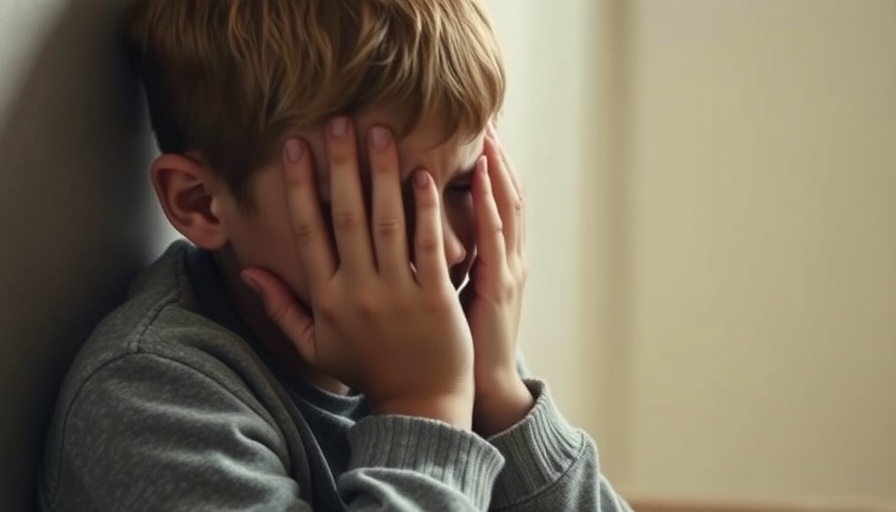
Understanding Bullying: Why Parents and Schools Disagree
Bullying is often viewed as a pervasive issue affecting children in schools, leading to serious consequences like reduced academic performance and mental health issues, including depression and anxiety. For parents, recognizing bullying and advocating for their children is vital, yet they frequently find themselves at odds with school authorities over what constitutes bullying. Research from Norwegian schools reveals a striking disconnect: when parents believe their child is being bullied, the school disputes this approximately two-thirds of the time.
The Definition of Bullying: A Complex Landscape
The essence of the disagreement often lies in the definition of bullying. According to Australian educational standards, bullying is characterized by a few key attributes: it is intentionally harmful, occurs repeatedly over time, and involves a power imbalance that leaves victims feeling trapped. This definition may seem straightforward; however, assessing whether a specific behavior meets these criteria can be profoundly challenging.
Examining the Dynamics of Bullying in School Environments
Why is defining and addressing bullying so complicated? The nature of bullying often means it happens out of the adult eye. Many instances occur during unstructured times, like recess or in hallways, where direct supervision is scarce. Furthermore, while teachers can intervene when they witness acts of bullying, subtle social forms like exclusion or mocking facial expressions can easily slip under the radar.
Challenges in Identifying Intent and Power Dynamics
Another layer of complexity comes from the difficulties in establishing clear intent. Accusations of bullying often provoke defensive responses from those accused, who may assert their actions were merely a joke or misinterpretations of intent. Schools face the challenge of deciphering the nuances of such interactions, particularly in complex social environments where dynamics shift rapidly.
Why Establishing a Unified Definition Matters
The discrepancy between parental and school definitions of bullying not only hampers effective intervention but can also lead to feelings of frustration and helplessness among parents advocating for their children. Educational institutions must take concerns seriously, fostering an open dialogue with parents to develop a comprehensive understanding of bullying. Effective strategies to combat bullying depend upon clear, mutually agreed-upon definitions.
Empowering Parents: Actions You Can Take
For parents embroiled in these disputes, it's crucial to engage directly with school authorities to express their concerns and seek clarity. Documenting incidents, discussing them in detail with educators, and understanding school policies can be vital steps in addressing bullying. Schools should encourage reporting of incidents, establishing a safe space for students to share their experiences.
Resources and Support for Families
Beyond parental advocacy, families can access resources focused on bullying prevention and intervention strategies. Various organizations offer tips on how to navigate discussions about bullying with children, schools, and counselors. Building a network of support with other parents can also amplify voices in the fight against bullying.
Reflecting on the Bigger Picture: The Importance of Collaboration
Ultimately, addressing bullying requires collaboration between parents, schools, and the community. Open communication and shared definitions are the foundation for effective prevention programs. No child should endure bullying in silence. Harnessing collective action, understanding, and empathy is key to fostering a positive and safe learning environment for all children.
Parents, if you find yourself questioning whether your child is being bullied, don’t hesitate to reach out for help. Collaborate with schools and utilize available resources to ensure your child feels safe and supported.
 Add Row
Add Row  Add
Add 




Write A Comment